# Shading
Line art can suggest a 3d form, but shading makes the shape much clearer.
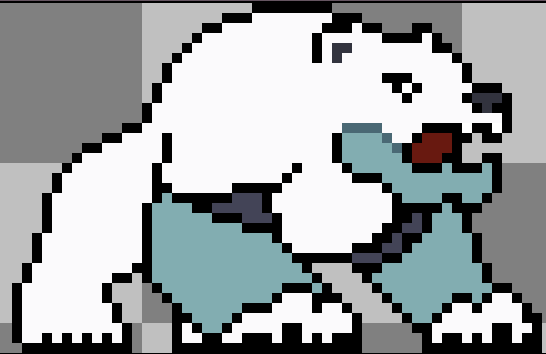
As always, its best to work with a small palette, so each color in a sprite only has a few shades to work with.
Most materials have
- A main light shade that covers most of the material
- A darker shade that covers most of the shaded area
- An even darker shade for the deepest shadows
See shiny materials for when this looks too flat.
# Shadow
Saint11 Article (opens new window)
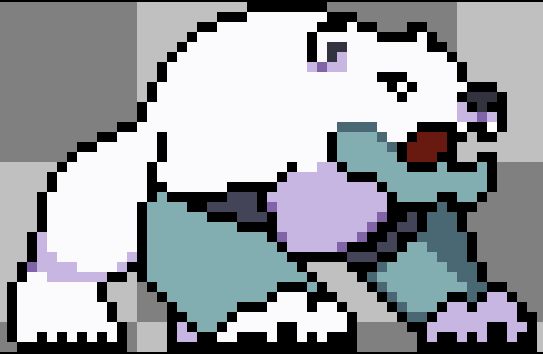
Shadows, are the most obvious source of shading, and happen from something above casting shade, or from the material facing down, away from the light.
In Rivals, light comes from directly above, not from an angle. If the light came from the side, it would appear to change direction whenever the character turns around.
# Banding
When an artist isn't sure how to shade something, it's common to draw a line of shading along the edge of the shape, or multiple lines in a gradient. Don't.
This is called banding. (opens new window) It may be easy, but it doesn't show form, and looks artificial.
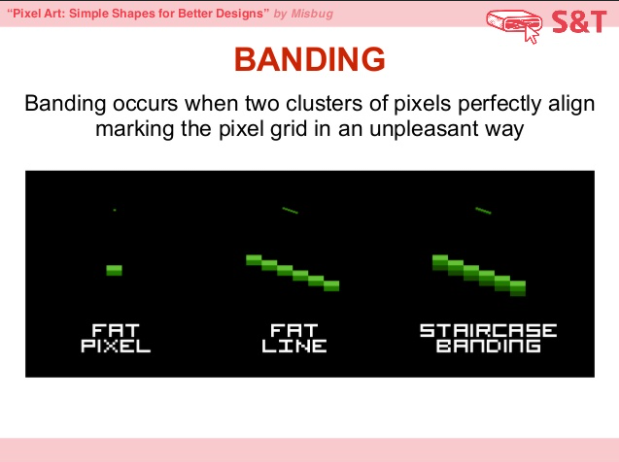
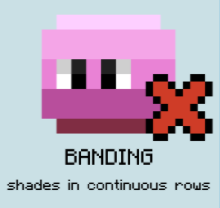
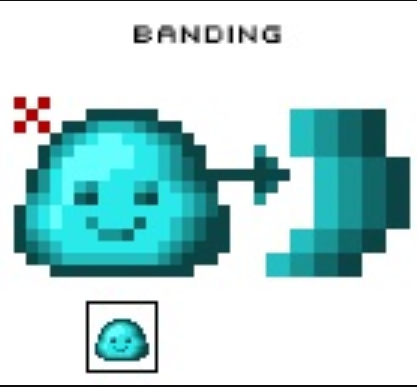
# Creases and valleys
A less obvious kind of shadow, the inner parts of shapes get less light than the parts that stick out.
Shading creases is makes it possible to show complex forms, like Etalus' face.

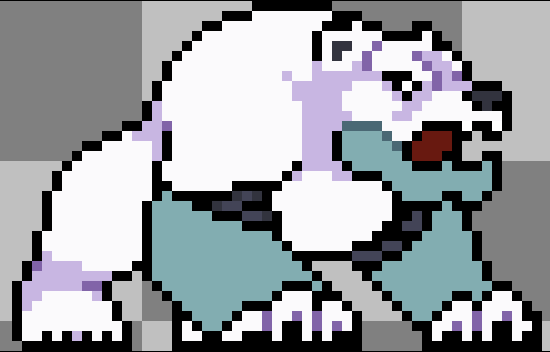
# Showing form with unnatural shading
- The top of Etalus' head and back aren't shaded, face up, and aren't creases, yet they're still shaded darker.

- Orcane's back is darker to more clearly show the shape of his legs and tail, even though it should be lit from above.
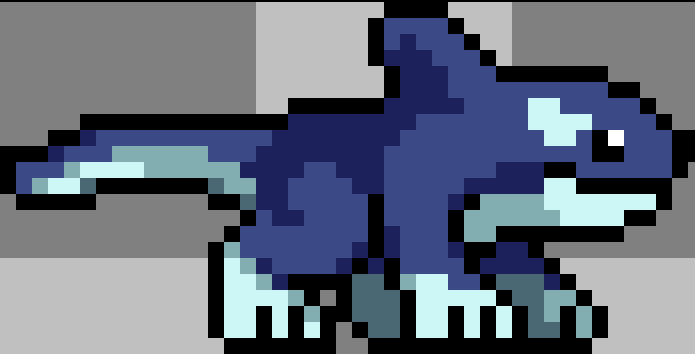
To communicate form well, it sometimes helps to shade an area, even if it would normally be well lit.
Having a change in shading shows that the material has curved or has different depth from the viewer.
Remember that unnatural shading can look strange, and should only be done when it helps show form or
important details.
# Pillow Shading
A common kind of unnatural shading is Pillow Shading, (opens new window) shading just the outsides of the shape.
This ends up looking as if the light source is coming from the viewer, instead of above.
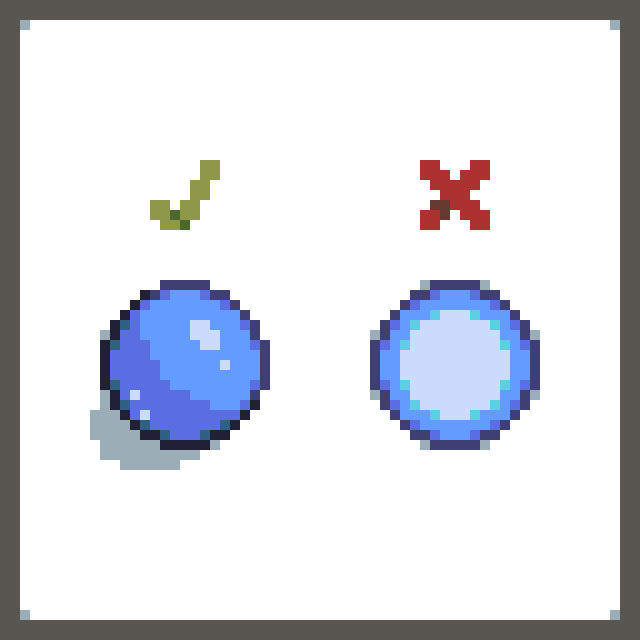

# Shiny materials
Shiny materials like metal tend have a greater value range between light and dark, and might have an extra shade to help show that.
Shiny materials also tend to have small spots or streaks where the light reflects off of them, called specular highlights.

The highlights on Shovel Knight's armor makes it look polished and clean.
The shiny metal materials also generally lighter and more saturated, making them appear to reflect more light.
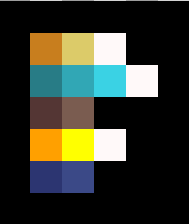

Note that since these highlights are from the precise way the light is bouncing, they shouldn't stay static when the character moves.
# Dithering
Don't use dithering in Rivals art.
Dithering is a technique where you speckle two colors into each other in a pattern, either to produce smoother shading or add texture.
At Rivals' size, dithering creates far too much noise. Shading should be done with solid colors, and texture should be simplified.
← Color Simplification →